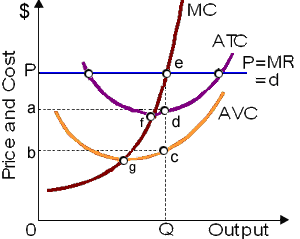This profit-maximizing pure competitor would close down within the short run when the price fell below the price resultant to: (i) point c. (ii) point d. (iii) point e. (iv) point f. (v) point g.

I need a good answer on the topic of Economics problems. Please give me your suggestion for the same by using above options.